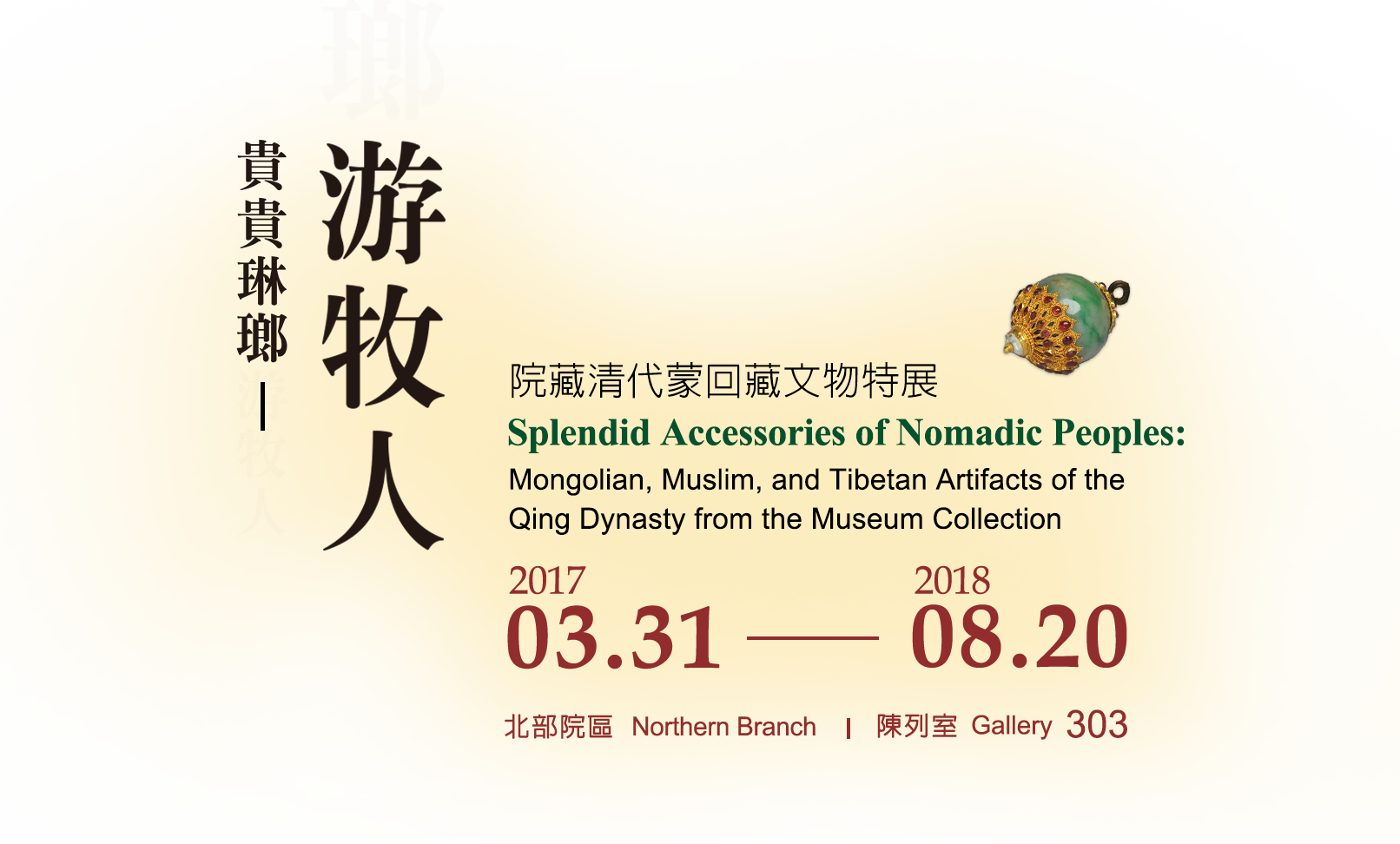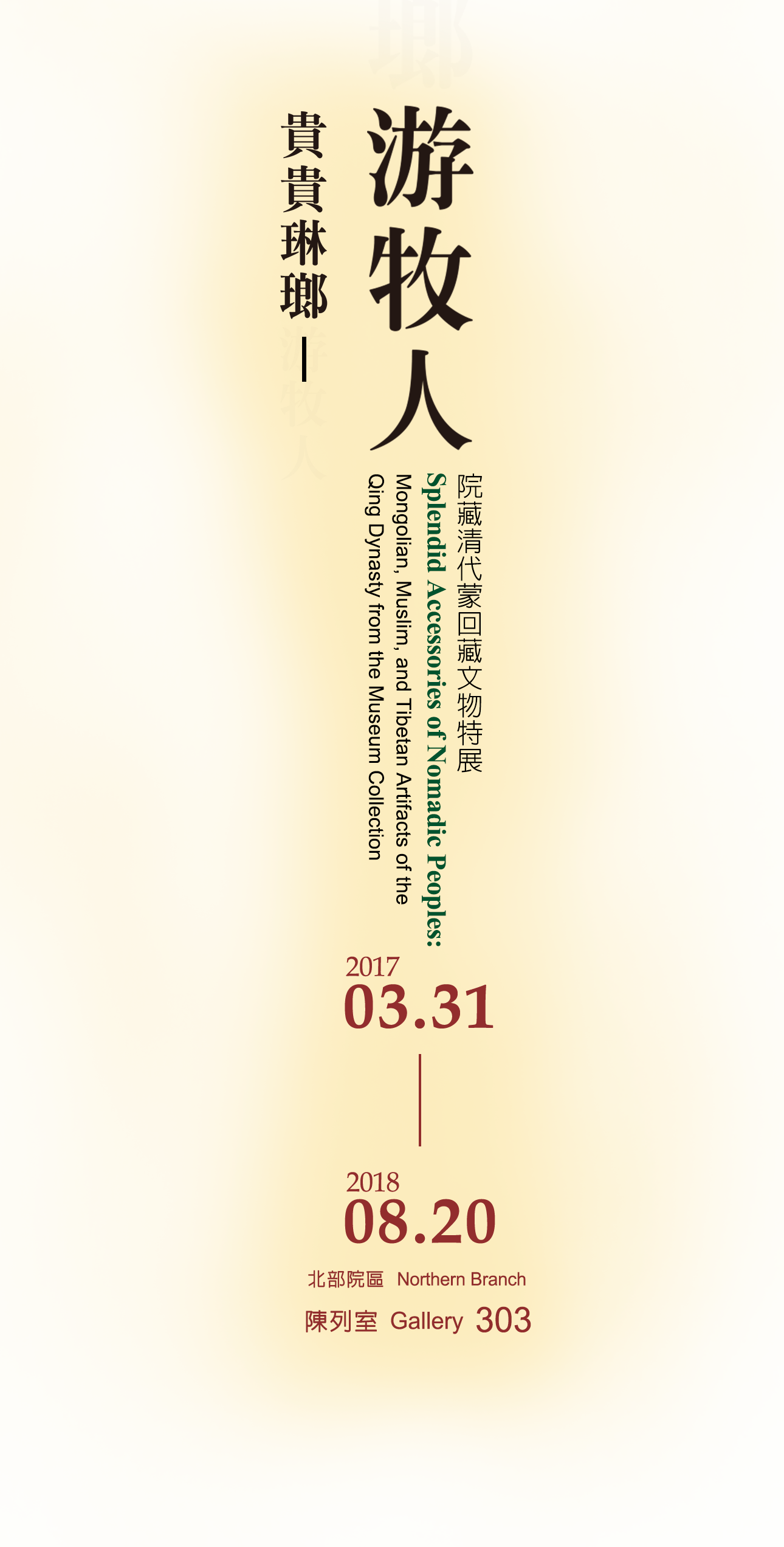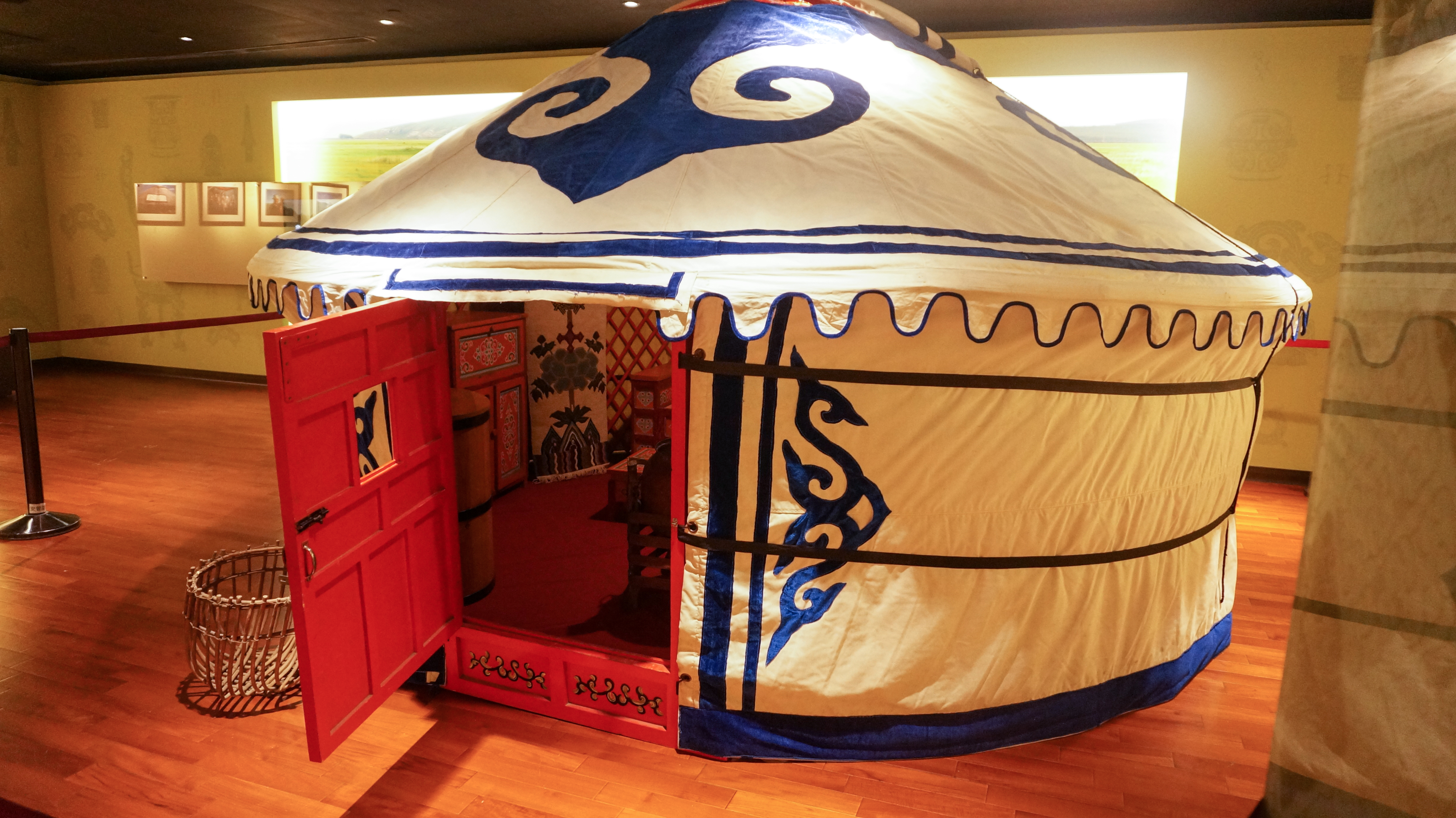
1. Name
1.1. The character "bao" in menggubao (yurts) is a transliteration of the Manchu language meaning home and house.
1.2. Yurts-related words (in Manchu language):
(1) Ger: "Ger" means yurt, house, shed, shelter, and home.
(2) Ordo: "Ordo" means official tent, palace, government office, and official residence.
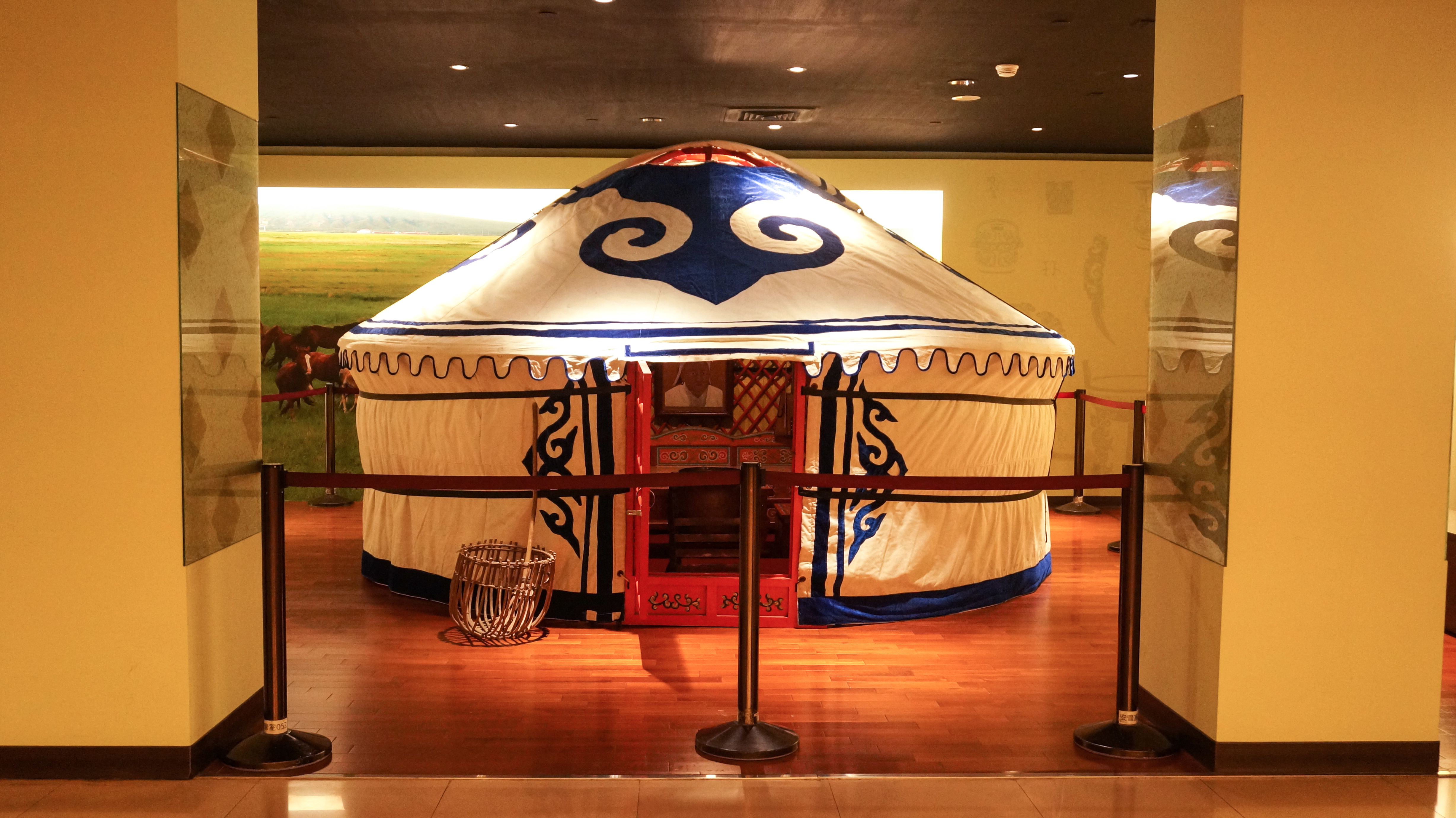
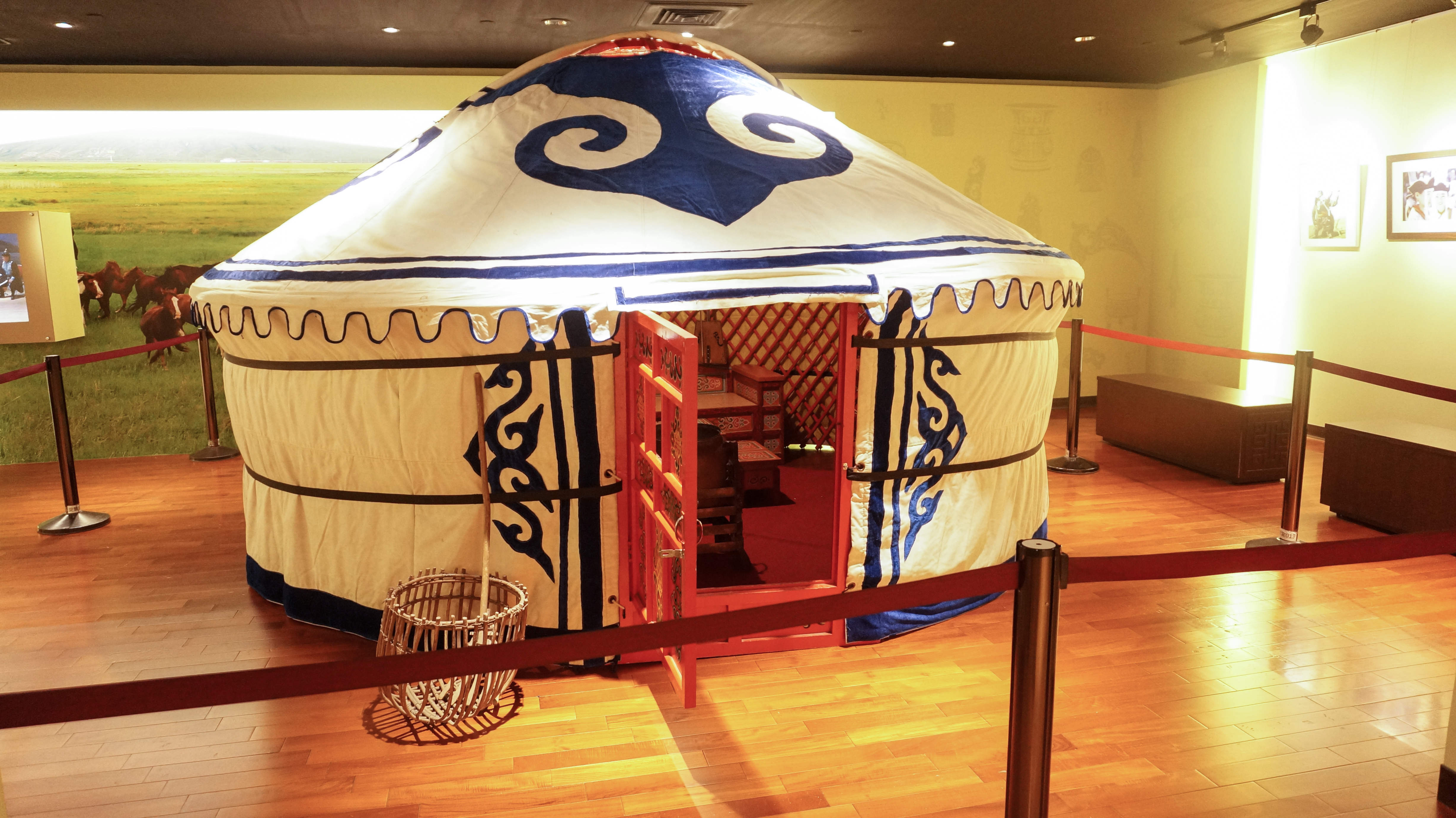
2. Structure and Characteristics
2.1. Structure
(1) Sunroof: The sunroof allows lighting and ventilation. The sunroof is covered with felt so that it can be opened or shut.
(2) Mandrel: The mandrel is covered with top felt.
(3) Hanging rope: The hanging rope is bolted to the center of the sunroof to stabilize the yurt. At times of strong winds, the hanging rope can be fixed to the ground to prevent the yurt from moving.
(4) Wall: The wall is made from a number of flexible, connected rings called "hana" (as many as 12 hana have been used for a tent according to written records). The wall is covered with felt. As many as three layers of felt are be used in the winter, whereas only one layer of felt is used in the summer, making the yurt warm and cool in the winter and summer, respectively. The lower edge of the wall is solidified using earth. The bottom of the felt may be rolled up for ventilation.
(5) Door: Both single and double doors are employed (double doors are used for large yurts). The door is generally found by the window, where the doorframe is as tall as the hanaqi.
(6) Stove: The stove serves a variety of purposes.
(7) Carpet: Carpets can be found on the floor inside the yurt.
(8) Furniture: There are specific locations where furniture is placed. Male-related supplies are found to the left (west side) of the door, whereas tableware and kitchen utensils are found to the right of the door.
(9) Yurts come in all sizes and families may have more than one yurt.
(10) Records of portable yurts can be found. Yurts that are placed on the ground during peacetime and on cars during wars have also been built. Genghis Khan's tent was a portable tent that could be moved using 22 cows or horses.
*Fixed yurts have emerged in modern times, and round yurts can be observed in regions that engage in both agricultural and animal husbandry activities.
2.2. Characteristics
(1) Portable houses for nomads: Portable and easy to assemble and disassemble.
(2) The door of the yurt faces south or southeast because of the traditional belief that "door facing the direction of sunrise brings good luck." In practice, this set-up effectively blocks north wind.
(3) The roundish shape of the yurt creates little wind resistance and is less prone to water and/or snow accumulation.
(4) Yurts are normally white (for aesthetic purposes and allows neighbors to watch out for one another against various dangers), whereas furniture is generally red and yellow to evoke a warm feeling.
(5) Yurts reflect the aesthetic views of Mongolians. Yurts are white and roundish on the outside and feature a sunroof connected to mandrels that extend in all directions. These characteristics signify Mongolians' high regard for circles, the sun, and the moon.
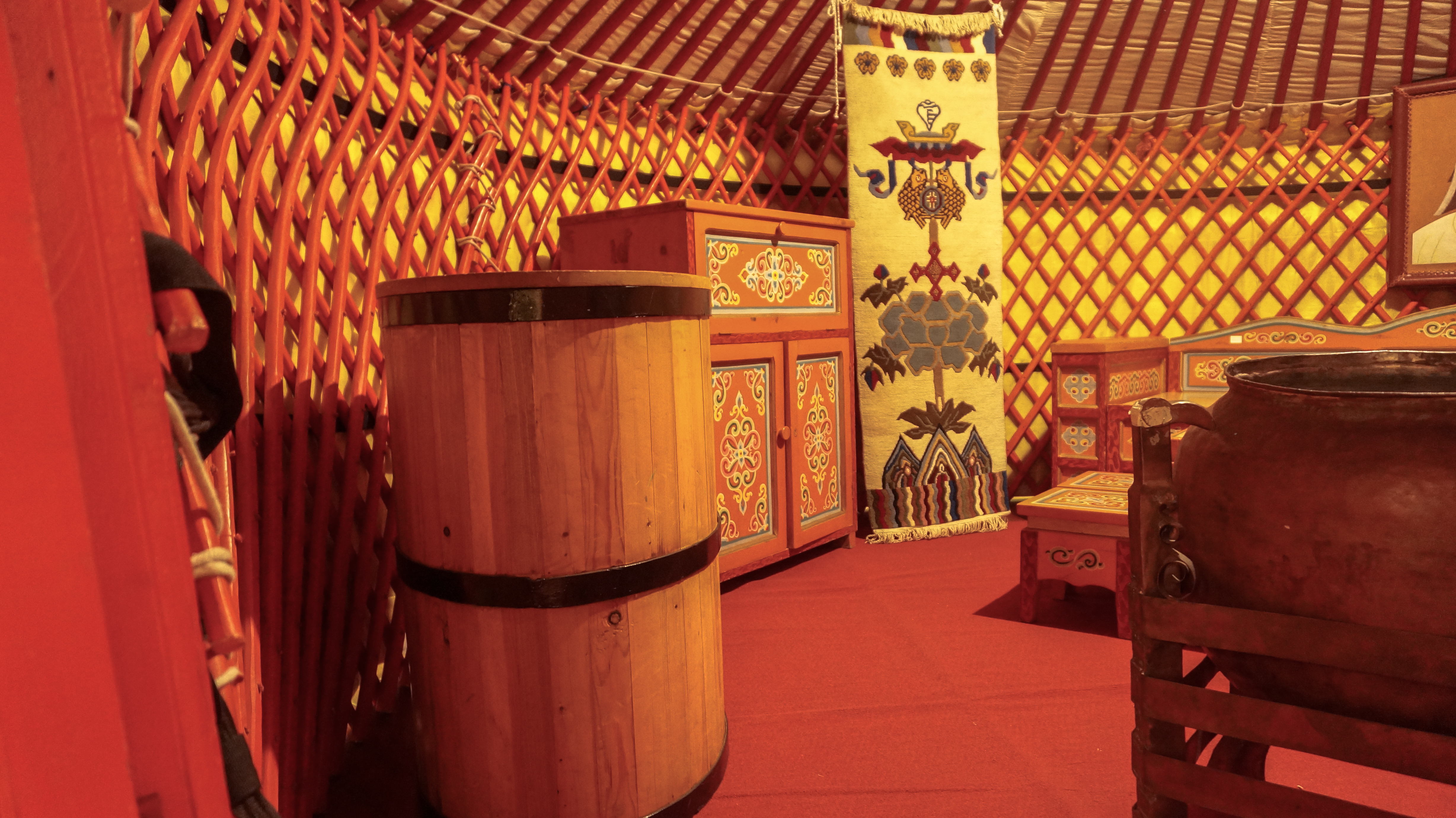
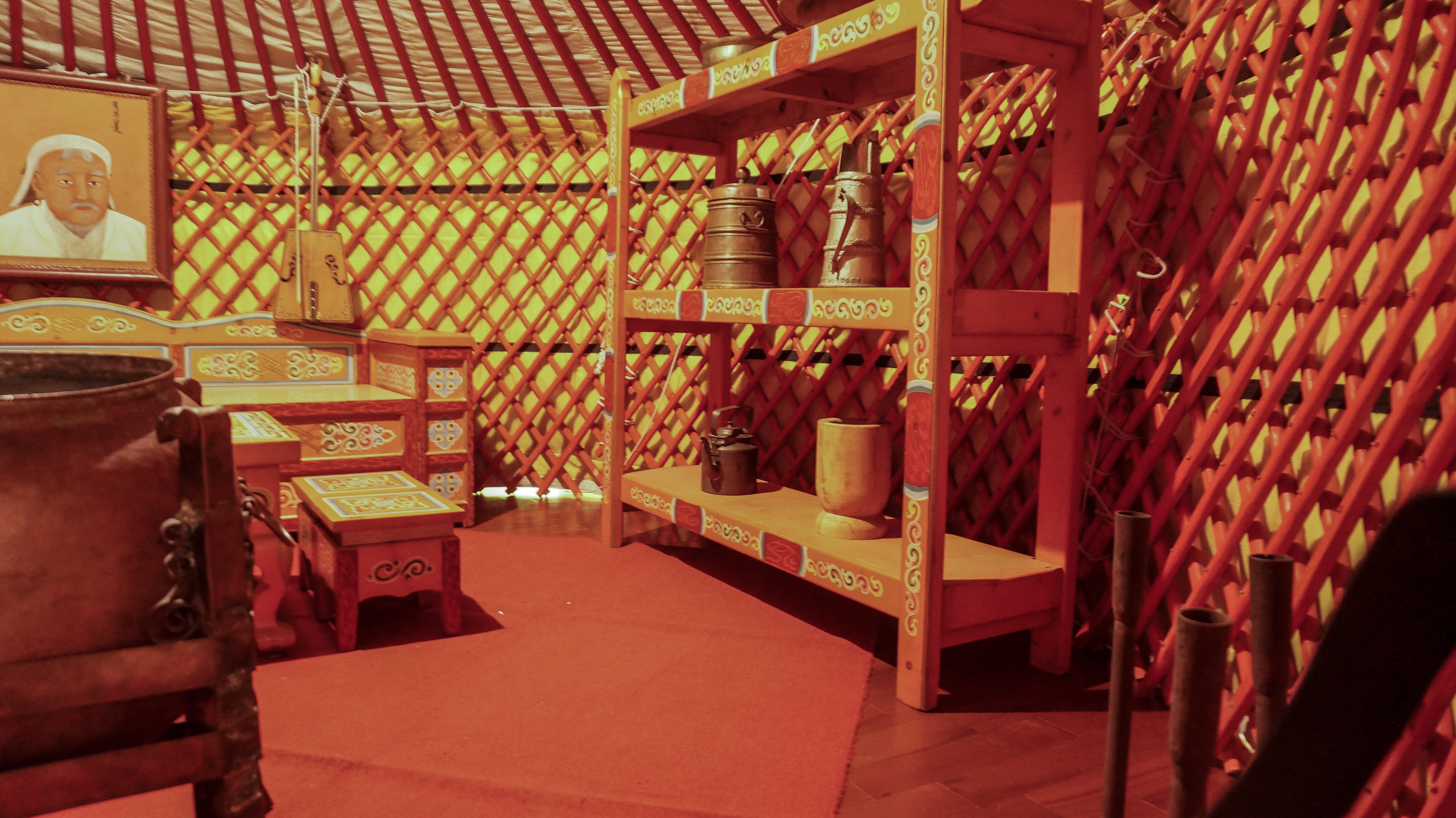
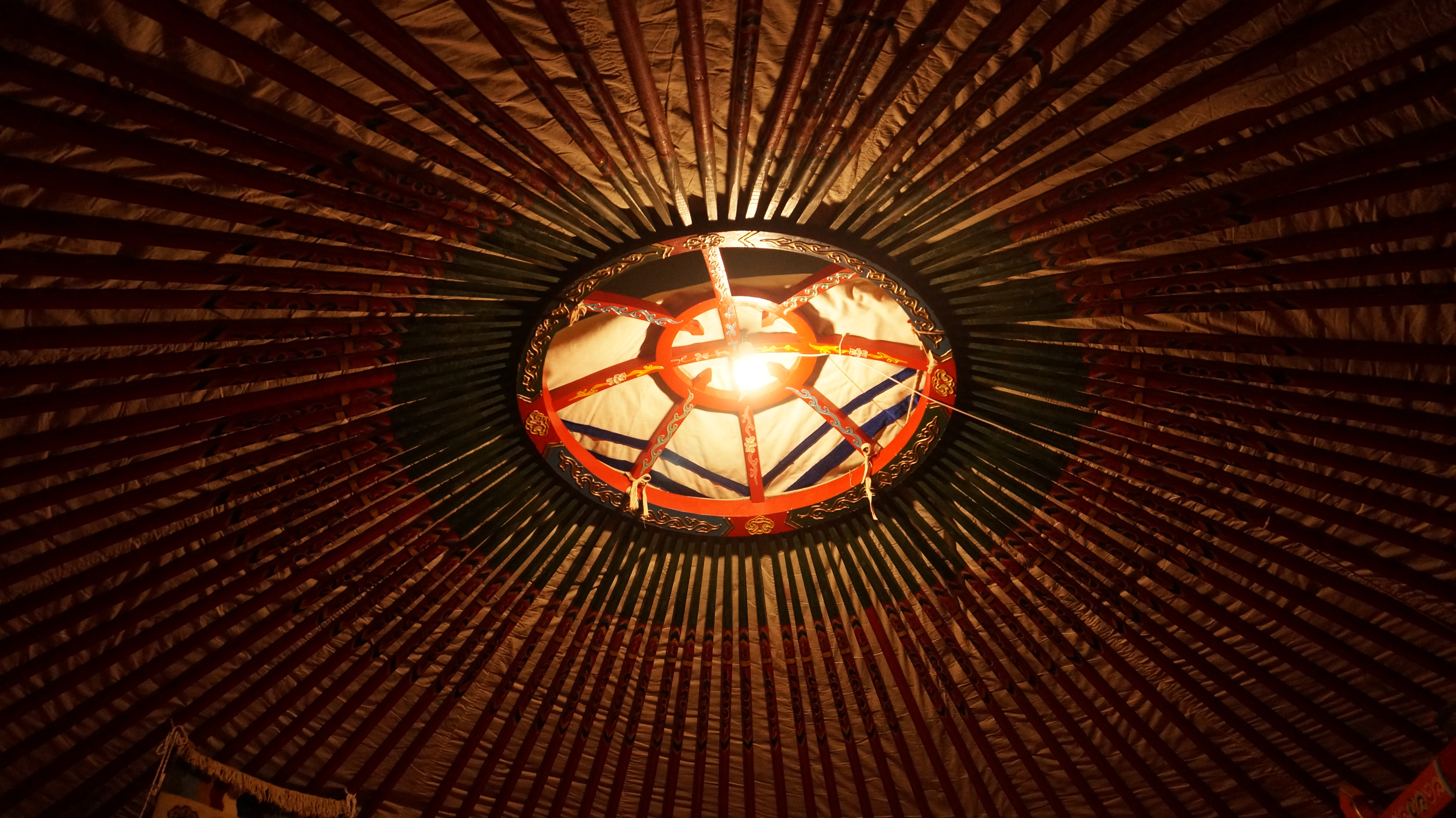
3. Related Customs (Taboos)
1. Do not hit guard dogs.
2. Visitors may not enter a yurt carrying a horsewhip or club.
3. Visitors may not step on the doorsill as it is a sign of provocation and/or insult.
4. Visitors may not step on the doorsill, grab the doorframe, and/or move the top felt without permission.
5. Visitors may not touch the hanging rope as it is a symbol of good luck that maintains family survival and bountiful livestock.
6. Once visitors enter the yurt, they should move in a clockwise manner to avoid unwanted collisions.
7. Crossing over food and/or tableware is forbidden.
8. The host sits in the center of the yurt and to the right of the host (the west side) is where the gods reside.
9. The stove is where the god of fire is located and a symbol of family continuation. Thus, the stove must be respected. Putting knife into the fire, moving objects in the fire, cutting things on top of the fire, and/or warming feet using fire are/is prohibited.
